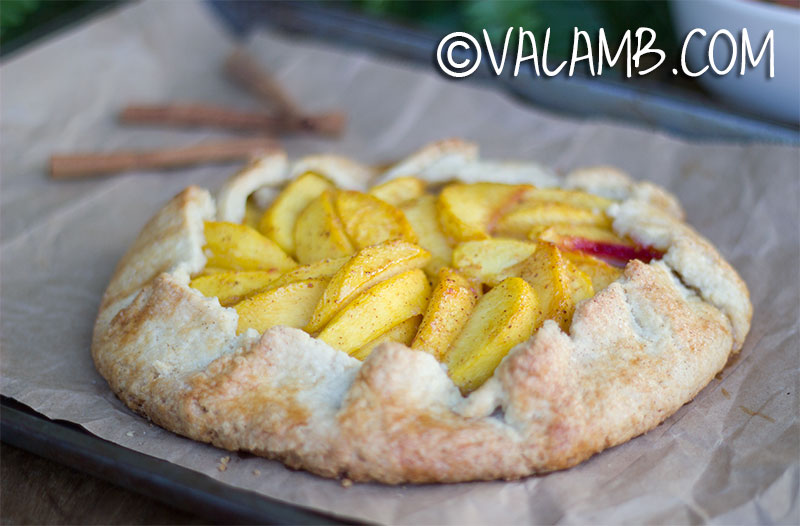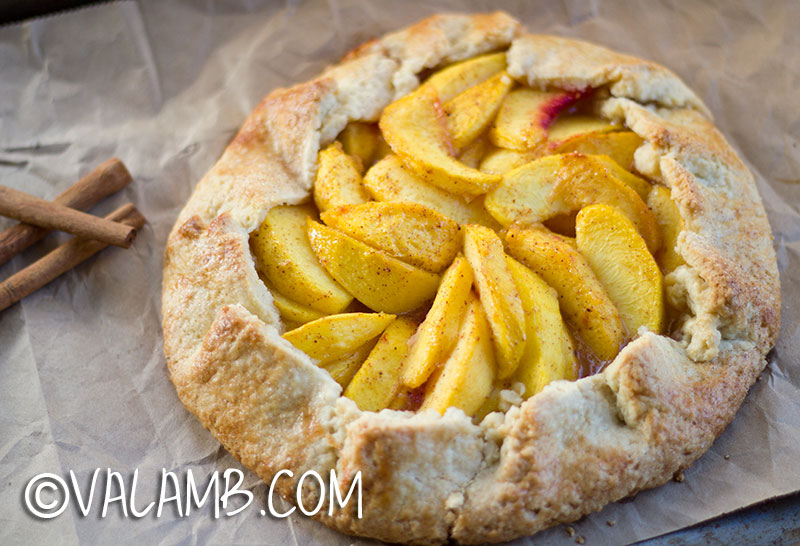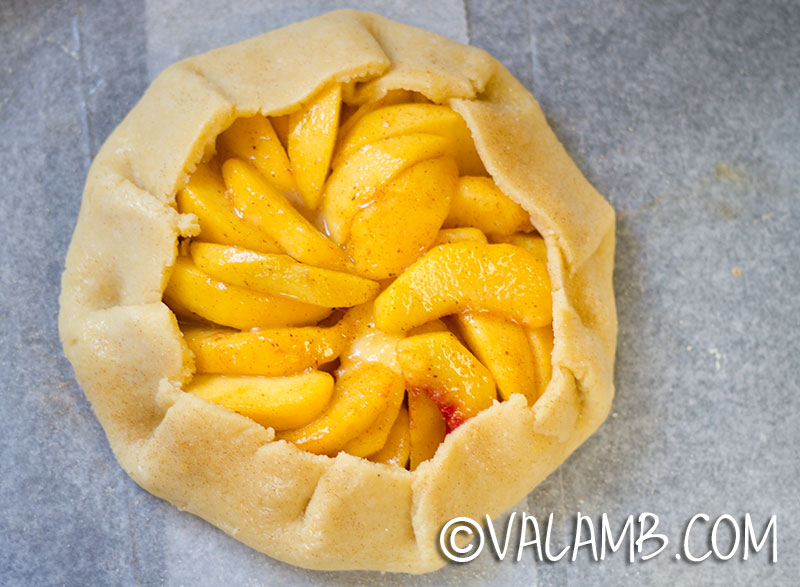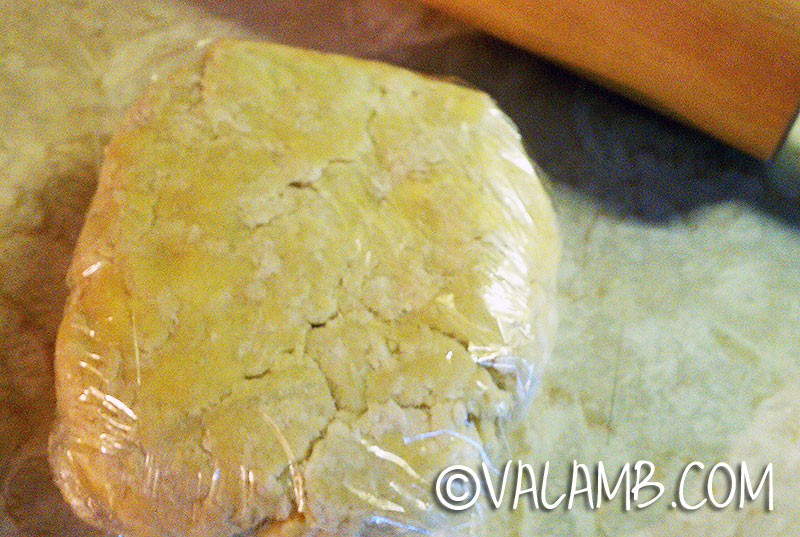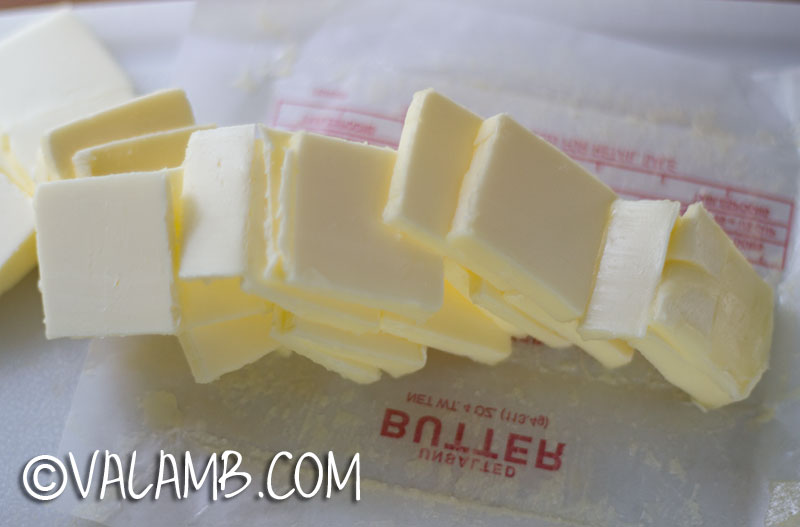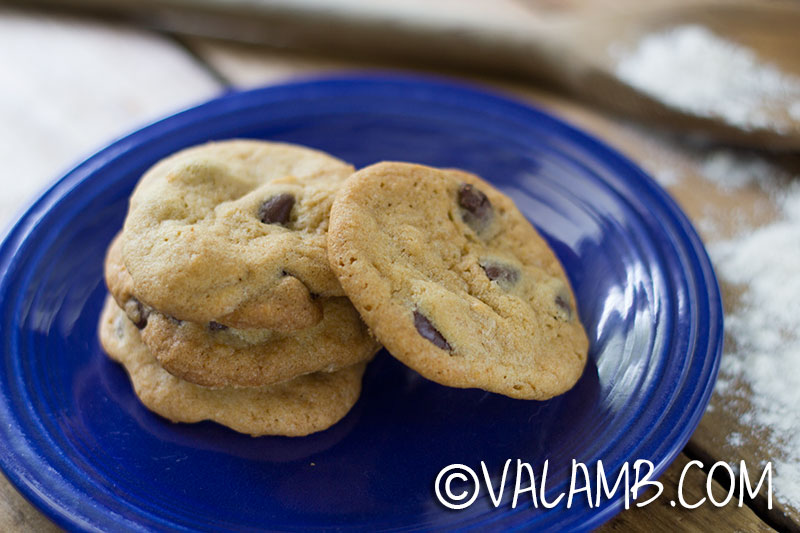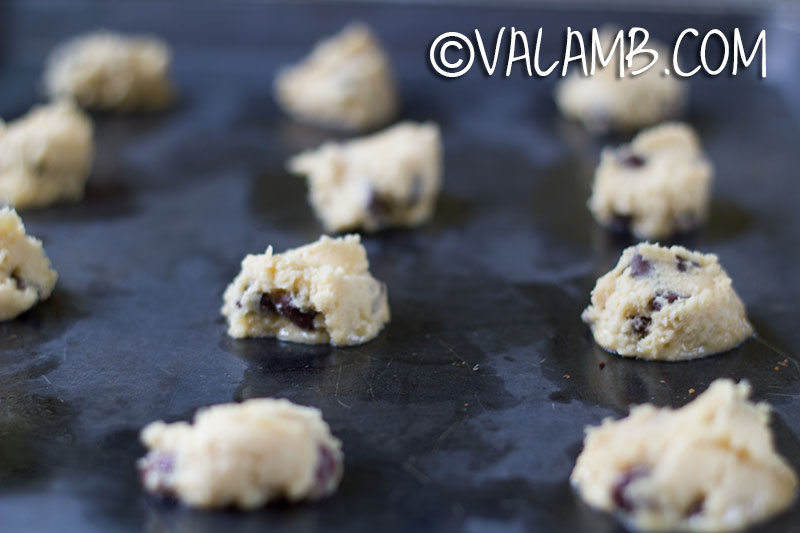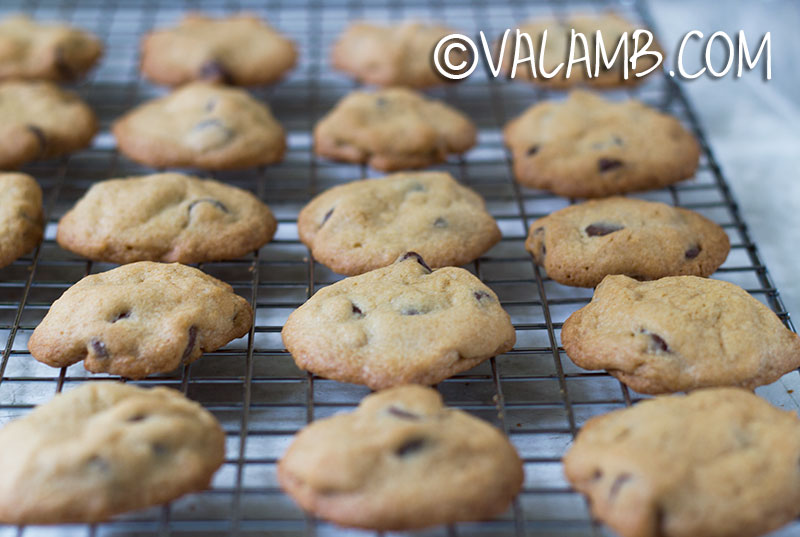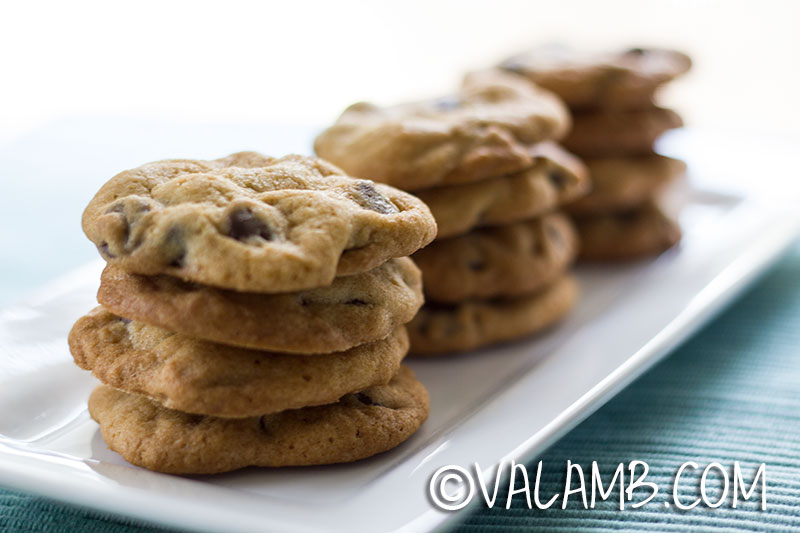Now that I found the perfect pie crust to hold its shape with this free form dessert, I was ready to give it another go. You see, I made a peach galette a couple of weeks ago. I took a pretty picture of it before it went into the oven, but by the time it was done I had a perfect mess! The pie crust failed. It failed to hold its shape and it failed to hold its contents. I still had no problem finding eager eaters, but it was hardly a recipe to write about.
Why had my delicious, flakey butter crust let me down? As it turns out, my pie dough was perfect — perfect for a pie baked in a pie pan, but I needed more binding for my rustic shaped galette. Be sure to read Choosing the Perfect Dough for the Job. (I’ve copied the recipe here for your convenience.)
For the Pastry:
- 1 1/2 cup flour
- 1/2 cup butter, unsalted
- 1/2 teaspoon salt
- 1/4 cup sugar
- 1 egg yolk, beaten (save egg white for later)
- 2-4 tablespoons very cold water
For the Galette Filling:
- 4 large peaches, pitted and cut into wedges
- 1/2 cup sugar, plus more to sprinkle formed galette
- 2 tablespoons lemon juice
- 2 tablespoons corn starch
- Pinch of salt
Making the Pastry:
Cut the butter into very thin slices and place in freezer for 30 minutes. Meanwhile, mix flour and salt in large bowl. Place bowl in freezer for 15 minutes.
Add butter to flour and toss. Using fingers work the butter into the flour with a rubbing action. Continue until dough resembles a course crumble – in this dough you do not want to see small flakes of butter in the flour. If the flour/butter begins to warm, return bowl to freezer.
Add sugar and mix.
Add beaten egg and 2 tablespoons of water. Dump dough onto unfloured surface. If dough does not begin to hold its shape, add more water, 1 tablespoon at a time.
Knead the dough in long smooth strokes three or four times. Form the dough into a ball. Press down forming a disk. (This dough is much smoother than the Pâte Brisée.)
Wrap ball in plastic wrap and refrigerate for 30 minutes to 1 hour.
When ready to use, remove from refrigerator. Unwrap. Using minimal flour on rolling pen, roll out dough on top of the plastic wrap. (See Pâte Brisée)
Making the Galette:
Preheat oven to 375 degrees.
Roll the dough out to 1/8 inch in a 14-inch circle. Transfer dough to a parchment lined baking sheet. Refrigerate until ready to use.
Place peaches in large bowl. Add sugar, lemon juice, cornstarch, and salt. Mix until peaches are thoroughly coated.
Arrange fruit in center of chilled dough, leaving approximately 2 inches around the outside free of fruit.
Gently fold dough up and over fruit. Be sure to press edges together to create pleats to hold fruit.
Brush pastry with egg white and sprinkle with sugar.
Bake for 45 minutes or until crust is golden brown. Remove from oven and let cool on baking sheet. Best served warm.
